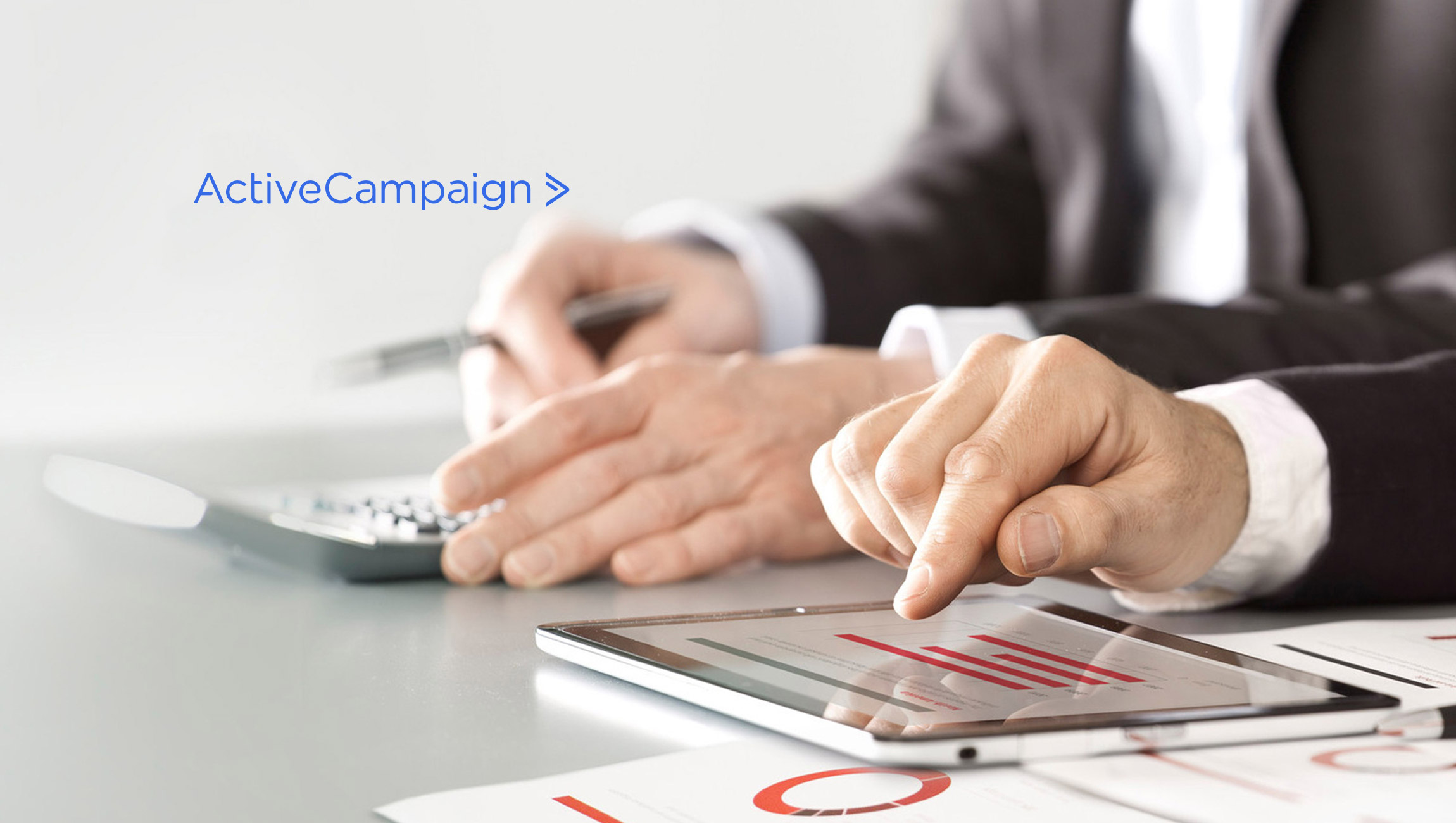
To understand this, you need to first understand the difference between a DMP and a CDP. A CDP is a database that enables you to keep all of your data in one place and offers a 360-degree view of the customer. A DMP, is a software platform that enables marketers to act on the insight gained from the CDP and activate the data for digital marketing purposes, be it multichannel, programmatic advertising, email, mobile or whatever.
Clearly, the two have a symbiotic relationship, working together to help provide insight and the means to act on this with relevant communications delivered to targeted audiences. As digital marketing and ad tech have evolved, so has this partnership and it can work well as there are some powerful platforms out there.
Read More: The Future of Customer Experience, and What 2019 Has in Store
So, why is the industry now turning more towards using UDMPs and what even are they? Essentially, a UDMP is a single platform, which has the attributes of both a CDP and a DMP combined. It can, therefore, host all a company’s data, from online and offline sources, fuse it together and then activate it as well. It’s like a software one-stop-shop for housing, understanding and activating data.
The market is now starting to move to one combined platform for a number of reasons. Firstly, there is an inherent complexity in having two systems working together. For example, if your CDP contains vast amounts of data which must be imported or exported between it and the DMP then this can take a lot of time — which is not always ideal in today’s fast-paced digital communications campaigns.
By holding and activating the data on one integrated platform you no longer have to move data between two systems so it’s possible to collect data and act on it in real time. The window of opportunity for contacting a consumer at the right time when they are searching for a product or service is very short in most cases – so the ability to respond to their behaviour instantly can make the difference between a sale or no sale.
Read More: Data for Good Gains Steam And Other Predictions
It also avoids the issue of different ‘languages’. Sometimes an advertiser can have several CDPs, perhaps one for each brand — each with their own legacy formats and file layouts for data. And then these get pumped into the DMP, which has its own formats and layouts and this can create problems. It’s a bit like one platform speaking French fluently while the other one speaks French as a second language — in the main it can work but there is the potential for misunderstandings.
By using a UDMP, data from any source (online and offline) is input and output in one clear, common language which significantly restricts the potential for mistakes.
Finally, there are also straightforward cost benefits. Acquiring and running one platform rather than two is simply cheaper. Plus, a UDMP provides a much more rounded visibility across the data and how it is being used by all parties involved — be it internal marketing teams and analysts or agency teams. Everyone will have access to the same insights and so these are amplified more strongly across the whole business, with common learnings ultimately helping to boost ROIs.
So, a UDMP does not offer a totally new way of doing things but, through technological advancements and an understanding of the shortcomings of older technology, it provides a much more enhanced and better way of managing data and ad campaigns.
In the end, it doesn’t really matter what you call the technology — it’s what it does that is important. I’m not a fan of acronyms but if a UDMP helps advertisers to be more efficient and cost effective that’s AOK by me.




Comments are closed.